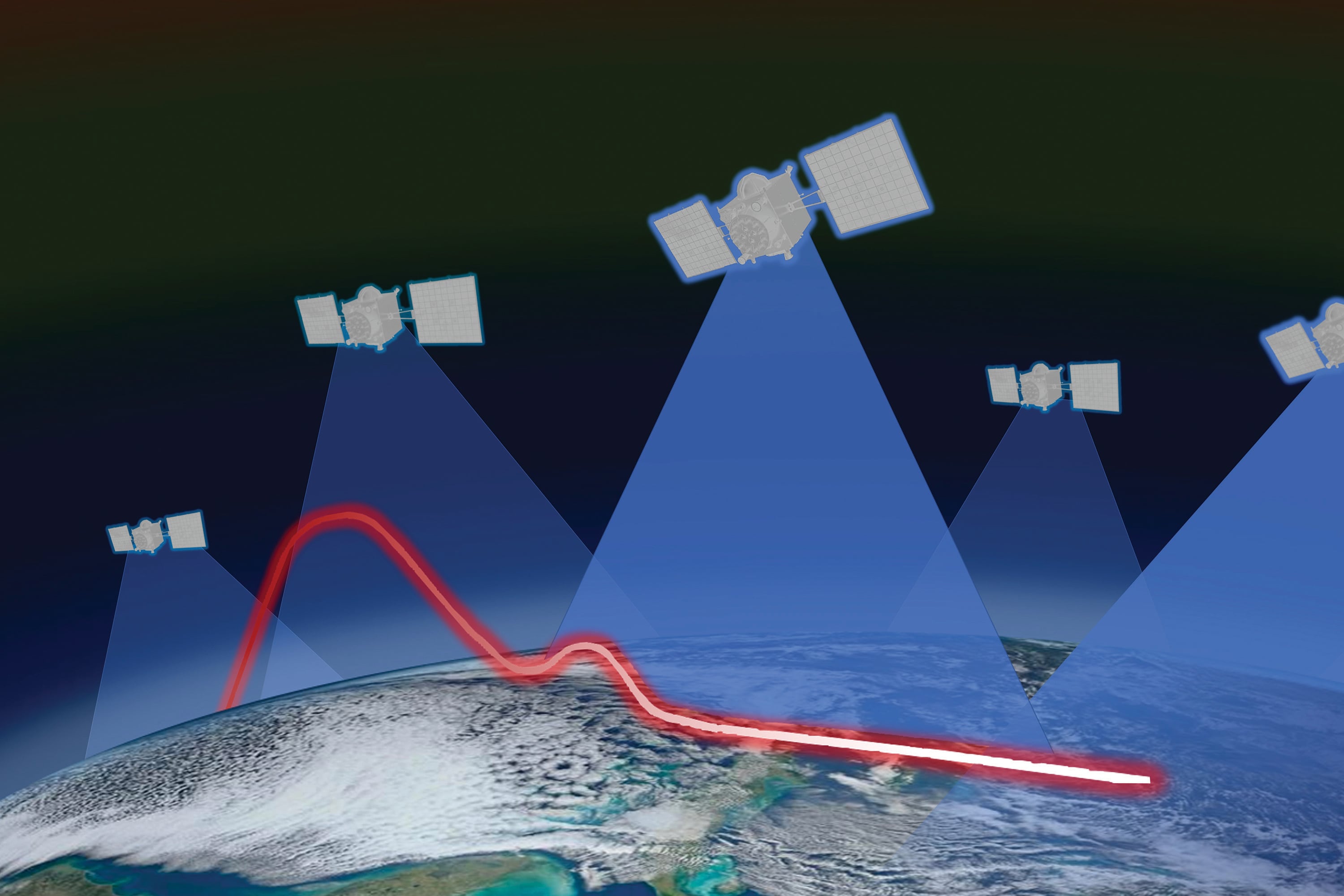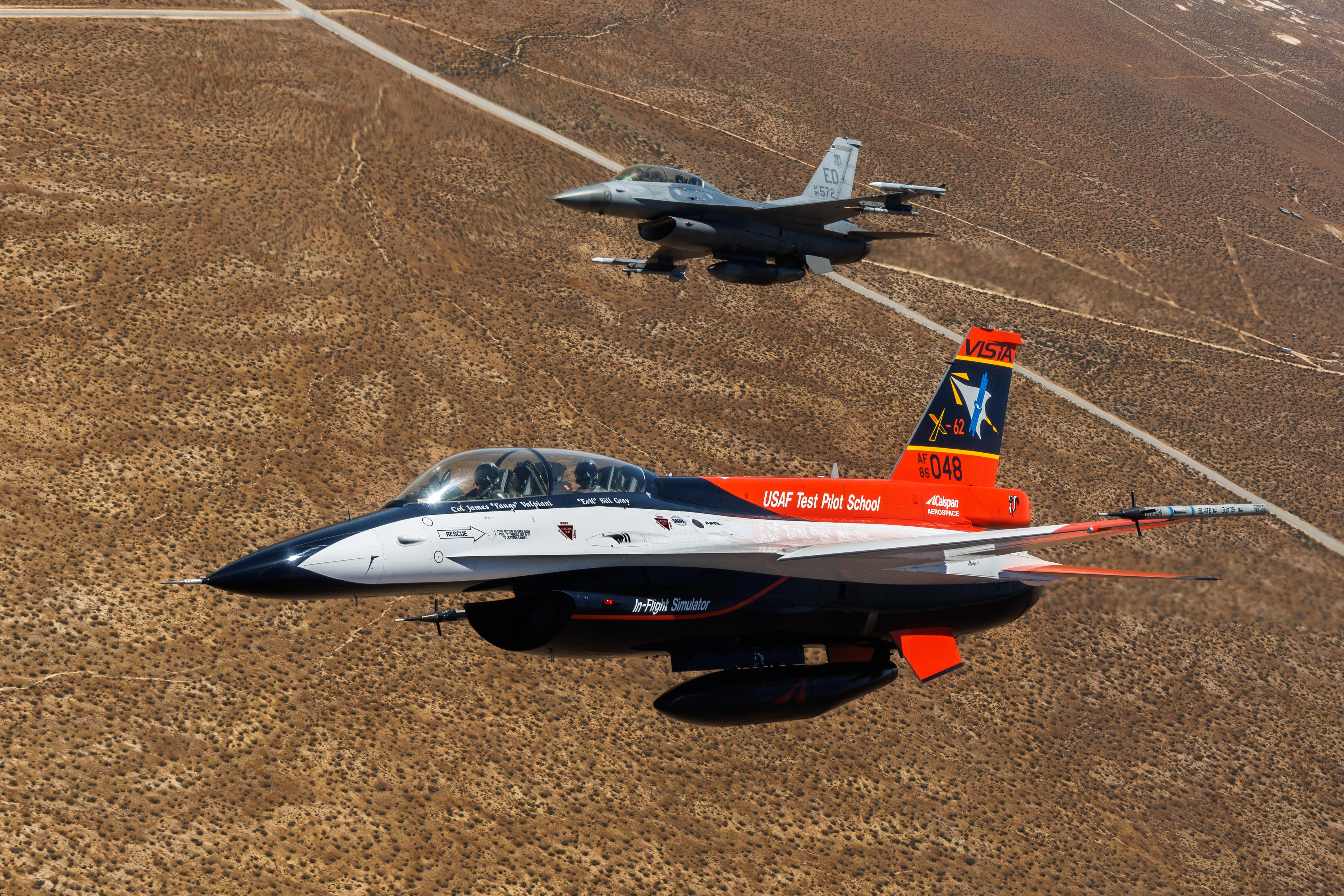The Army is making steady progress laying the foundation for reliable and trustworthy positioning, navigation and timing technology across the service to meet the demands of a dynamically changing threat environment.
Work on pseudolite prototypes that provide high-powered signals for GPS-denied areas is in full swing and development continues on the Army System of Systems Architecture, a framework that lays down a pathway for future innovation for Assured PNT (A-PNT) solutions.
Assured PNT is an essential capability for all the services — Army, Air Force, Navy and Marine Corps — as adversaries become more sophisticated in attacking existing GPS capabilities, and forces operate in remote and high-risk environments that are GPS-challenged.
For instance, in April, the Navy reached out to industry for feedback on innovative ways to improve the future navigation suite to navigate in a GPS-denied environment. Also, in February, the Air Force Special Operations Command's Battlefield Airmen Office ordered remote secure receivers from Rockwell Collins to protect GPS systems from the growing jamming and spoofing threats.
Earlier this year, the Army reinforced the importance of an integrated approach to PNT by establishing the PNT program office as a direct reporting program manager to the Assistant Secretary of the Army for Acquisition, Logistics, and Technology (ASA/ALT), within the System of Systems Engineering & Integration Directorate.
"PNT is a critical dependency to Army capabilities with technologies that cut across all of the portfolios within ASA/ALT," Kevin Coggins, program manager for PNT, said. Managing the program through ASA/ALT allows the Army to address broader projects and PNT initiatives, and plan for the major changes that are expected to occur over the next decade, including transitioning from legacy GPS capabilities to Military GPS User Equipment and Assured PNT capabilities, Coggins said.
The PNT program is coordinating across ASA/ALT portfolios and working with the program executive offices and Army program managers to ensure the Army incorporates an enterprise approach to PNT. "The new structure enables a focused, coordinated effort that will give the Army and other services the ability to outpace threats and increase efficiencies in PNT implementation," Coggins said.
Assured PNT has four subprograms geared toward the development of systems to achieve the required PNT capability: Pseudolites, Dismounted PNT, Mounted PNT and Anti-jam Antenna. The subprograms are at various stages of technical maturity. So far, Pseudolites is the only subprogram to move into the Technology Maturation and Risk Reduction (TMRR) phase with competitive prototyping contracts in place.
Pseudolites provide high-powered signals
Short for "pseudo-satellites," pseudolites are systems that can provide a GPS-like signal that can be used by legacy military GPS receivers. "The Pseudolite subprogram provides PNT area protection by providing PNT data using terrestrial and airborne radio navigation GPS satellite-like transmitters in electronically or physically challenged environments using a higher power signal," Coggins said.
Area protection can be provided through the deployment of pseudolite transmitters supporting a brigade combat team area of operations, he noted. The Pseudolite subprogram enables continued operations of PNT-enabled systems, such as Blue Force Tracking, communications networks, and precision-guided munitions, Coggins said.
A legacy GPS receiver would only require a software upgrade to receive the pseudolite signal. No other hardware items need to be purchased for a legacy GPS receiver to receive and process the signal. Pseudolite transmitters — which can be deployed on airborne, ground mobile and fixed platforms — could also be dynamically maneuvered across the field to specific areas where GPS jamming is concentrated. The transmitter consists of various components, such as a GPS anti-jam receive antenna, inertial navigation unit, a signal generator, power amplifier and a transmit antenna.
In addition to the transmitter, pseudolites consist of upgraded receivers and a command and control component that lets an officer review situational awareness data to place pseudolites in areas to meet soldiers' needs.
The Army Communications-Electronics, Research, Development and Engineering Center (CERDEC) has previously developed and proven the effectiveness of pseudolites and the receiver software upgrade at the White Sands Missile Range, at a technology readiness level of 6, according to an abstract for a session on GPS at an Institute of Navigation conference held in Orlando, Florida in June. Within this technology maturation phase, CERDEC is "working to address issues such as form factor, integration, spectrum approval, as well as advance specific components of the pseudolites transmitter," the abstract states.
The Army is also turning to industry to help in the development of pseudolite solutions. DataPath, Inc., a provider of remote communications solutions, has been awarded a Global Tactical Advanced Communication Systems (GTACS) contract for the Army's Assured PNT Pseudolite TMRR program. Citing the classified nature of the work, company officials declined to discuss details of the contract, a collaborative effort between DataPath and its former parent company Rockwell Collins.
Harris Corp. is also involved in pseudolite-related PNT development.
"Harris has worked in the signal-generation area, and also is looking at the command and control system that would be necessary to control future U.S. Army pseudolites," Ellen Mitchell, a Harris spokesperson, said. Harris worked with an unmanned aerial vehicle provider to develop an all-digital payload that was successfully flight tested in a UAV. As a result, "Harris is prepared to offer a pseudolite command and control solution when the Army chooses to procure a system," Mitchell said.
Ongoing SoSA work
Meanwhile, work continues on the Army PNT System of Systems Architecture (SoSA), an open systems architecture that is flexible enough to accommodate additional capabilities without incurring expensive system or platform integration and certification costs — a framework that enables a pathway for future innovation, according to Coggins.
The Army PNT SoSA is currently focused on providing PNT interface standards and implementation guidance for the Army Common Operating Environment (COE) Command Post, Mounted, Mobile/Hand-Held Computing Environments, and all Army acquisition programs across the Army Enterprise, Coggins said. The PNT SoSA also influences the development efforts guided by the PNT Cross-Cutting Capability document.
The framework will include the PNT Hub, under development within the Assured PNT program, which will enable the integration of innovative technologies such as the Chip Scale Atomic Clock, which harnesses the stable oscillations of the cesium atom to preserve precise time, even in the absence of GPS. Engineers with innovative approaches to determine positioning and timing will have an affordable pathway to insert this technology into a PNT SoSA-compliant product.
"PNT Hub is a potential product of the Mounted PNT subprogram," Coggins said. "Research and development activities are being conducted; however, there is no specific contract award or deliverables yet. The future Mounted PNT solution will incorporate PNT SoSA attributes and complement the Army's Enterprise approach to PNT."
The Army is still relatively early in this process evaluating and testing advanced PNT capabilities. The Dismounted PNT, Mounted PNT and Anti-jam Antenna subprograms have not been through a successful milestone decision, which would move them into the TMRR phase of the process. The Pseudolites subprogram moved into the TMRR phase in May.
Lab testing and field testing activities, as well as training, will be held at various times in the future based upon the specific subprogram acquisition phase.
"We have conducted some evaluation activities that will inform how we test, field and train these technologies in the future," Coggins said.
"Preliminary evaluation was recently conducted on some commercial anti-jam antennas, and the results are being analyzed now. Some early evaluation also has been completed on the dismounted prototypes."








